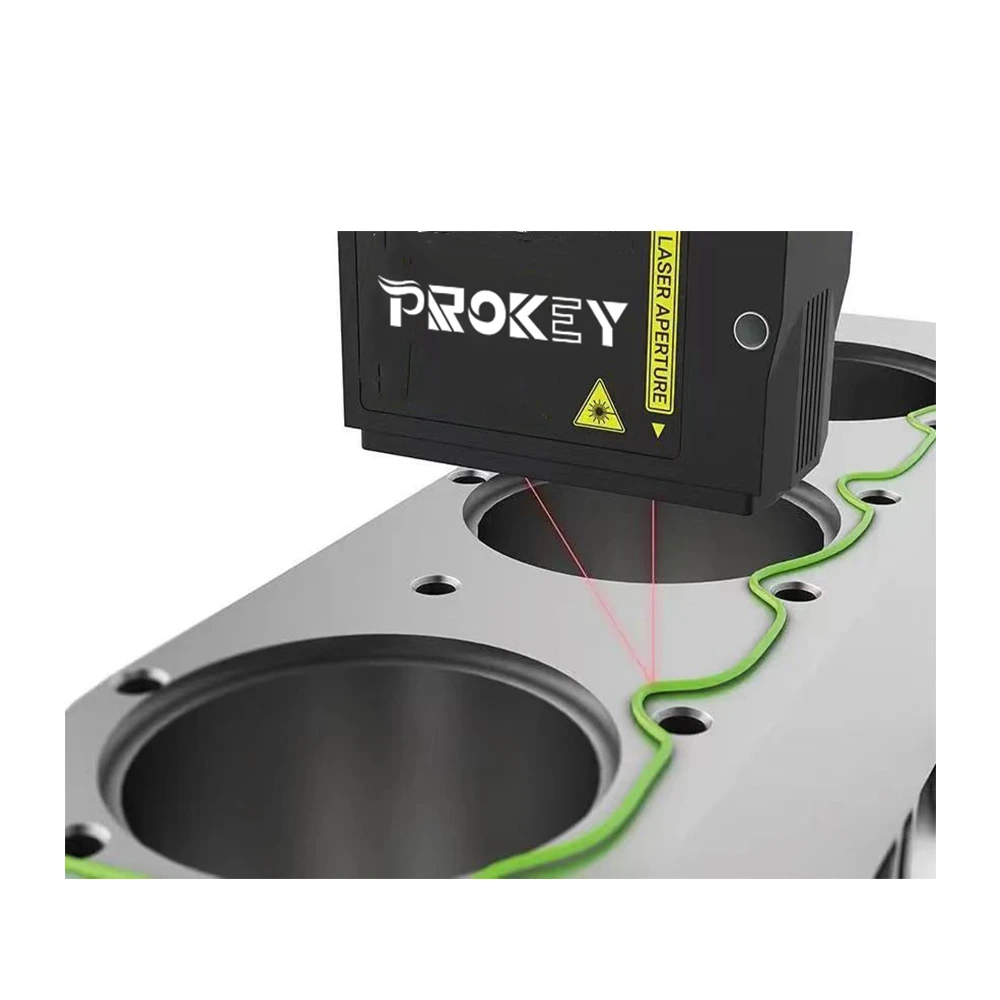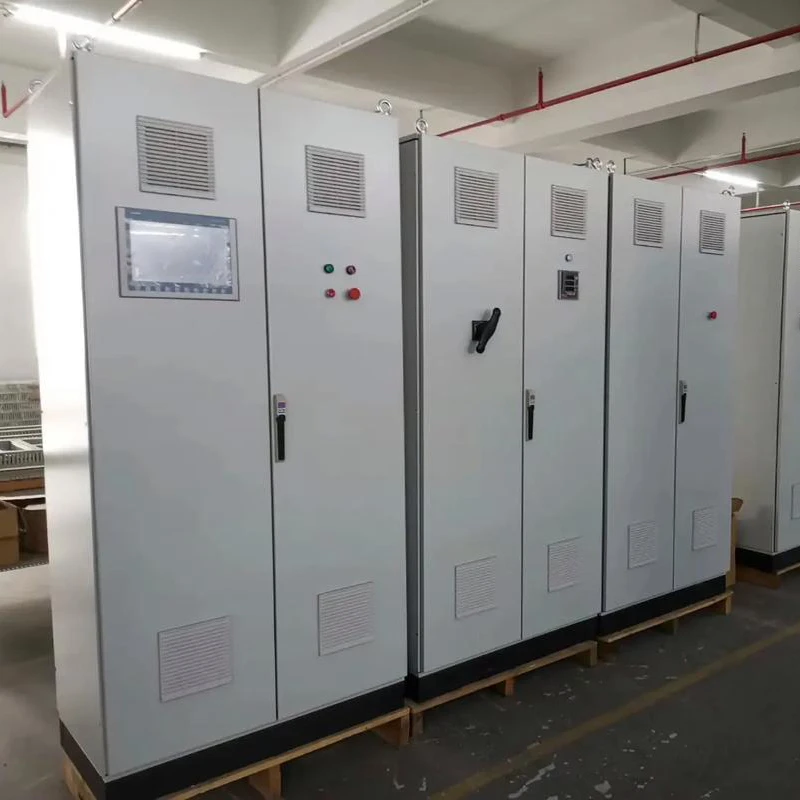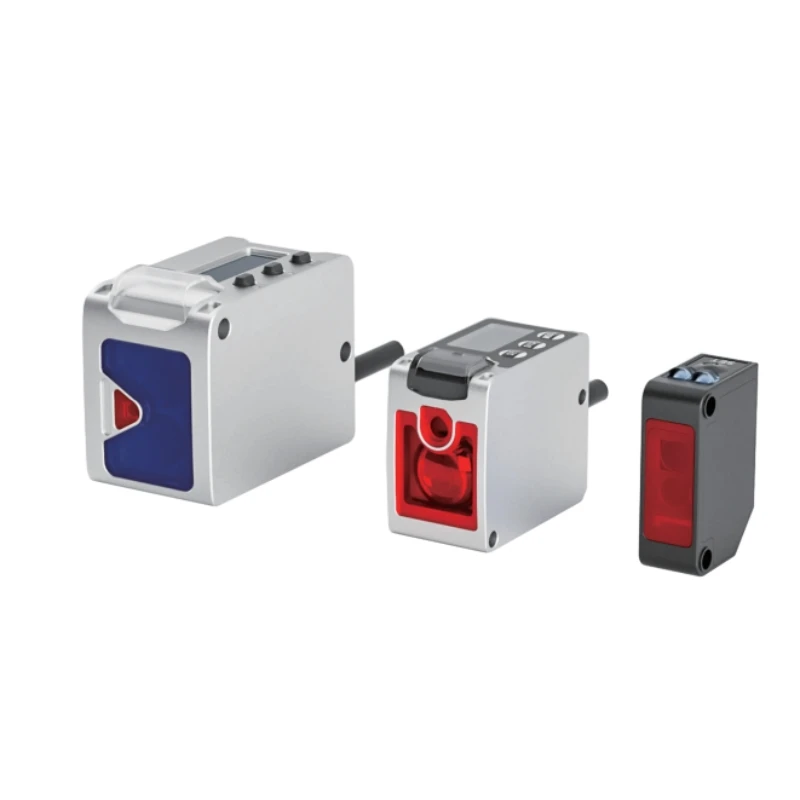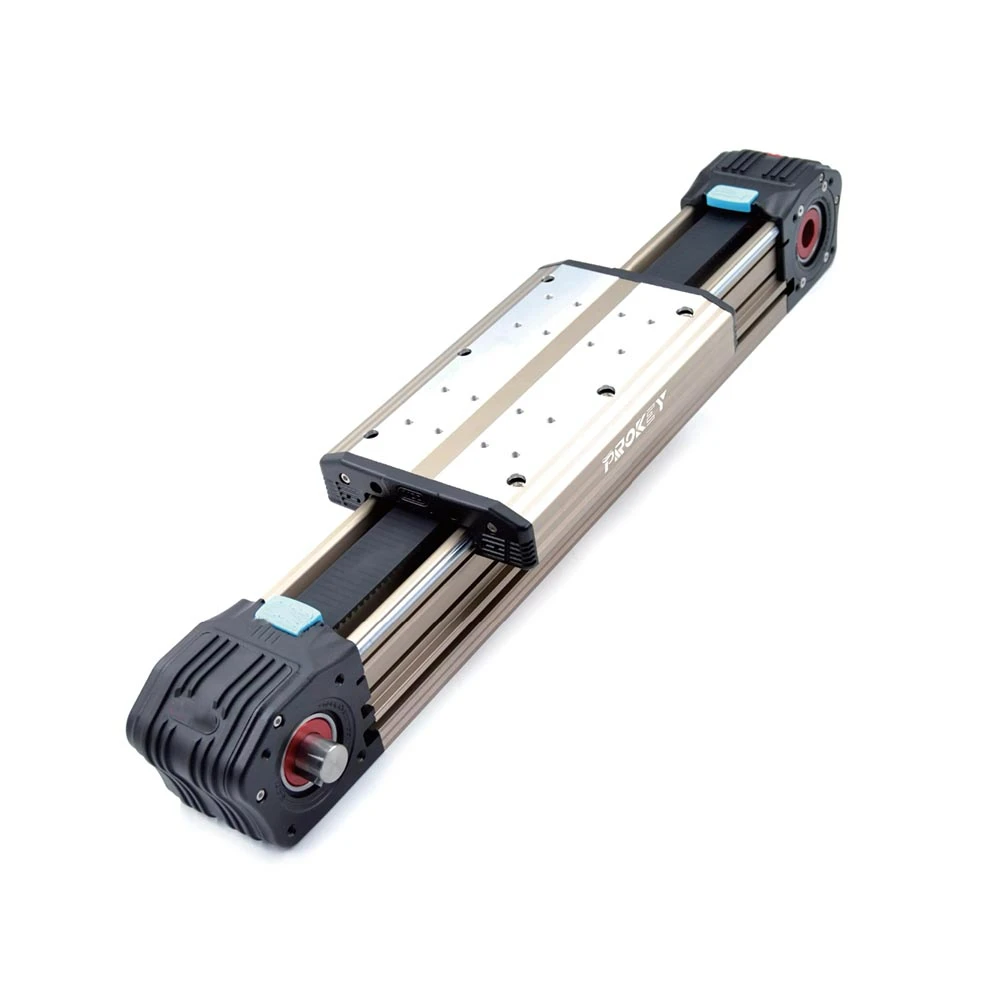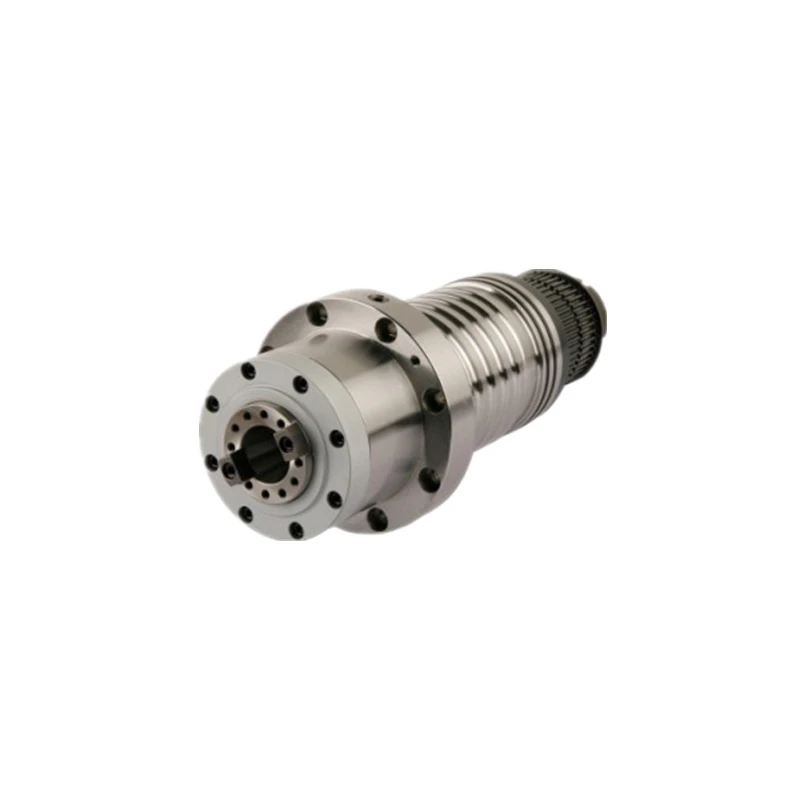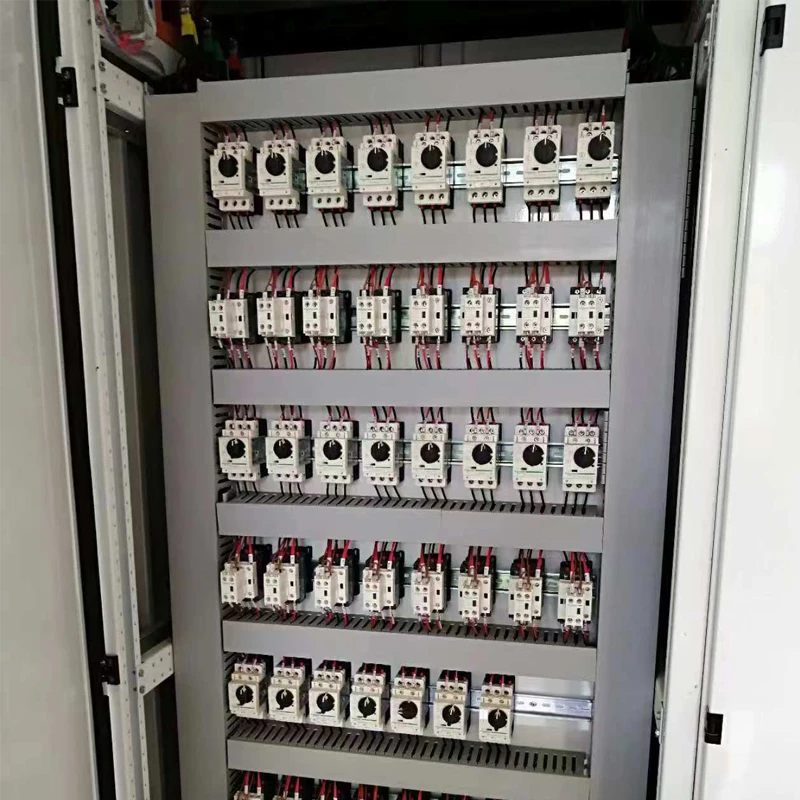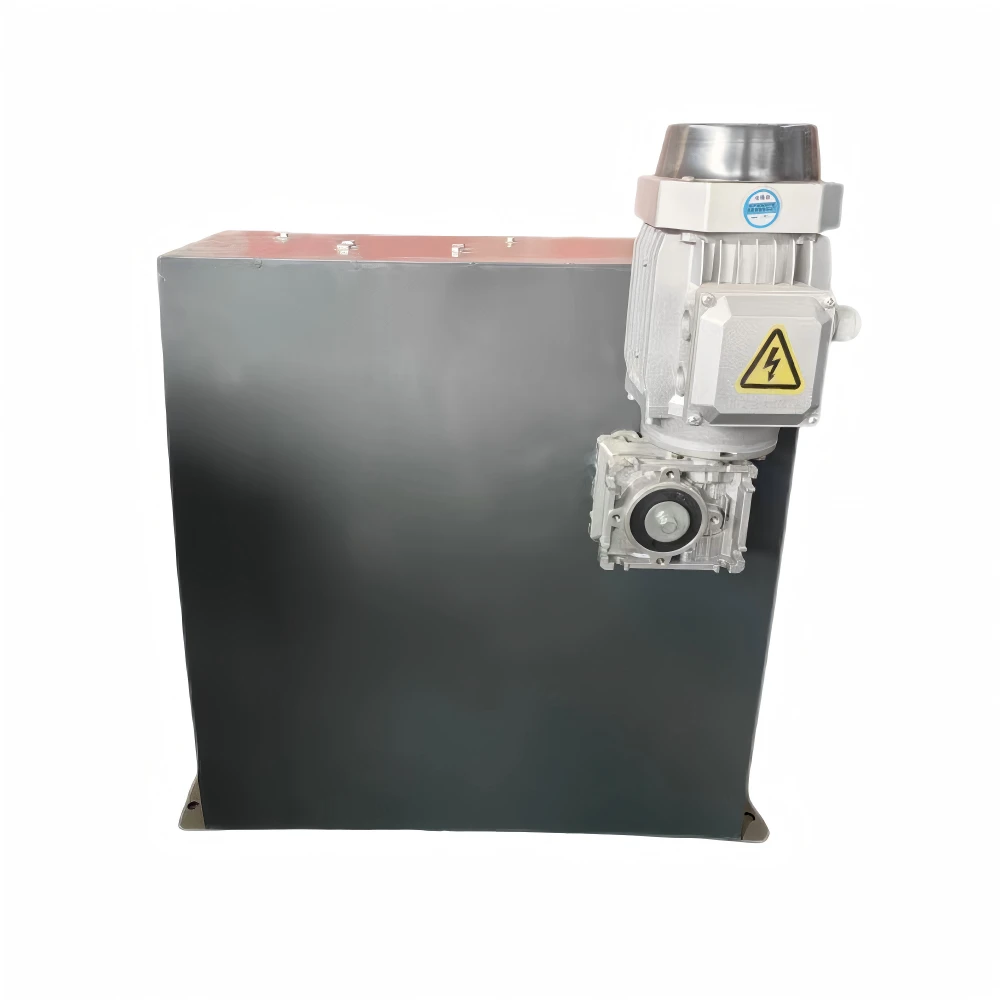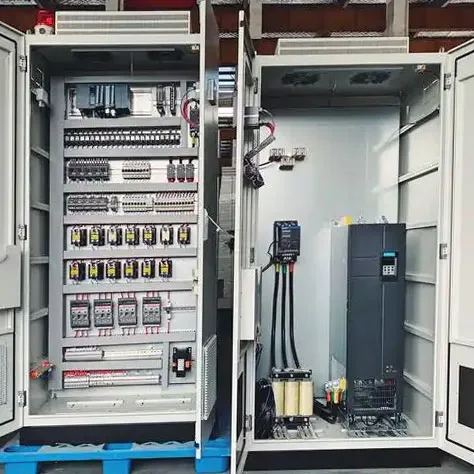11 月 . 08, 2024 14:27 Back to list
Unlocking Precision: The Power of 3D Laser Scanners for Every Application
In the realm of modern technology, 3D laser scanners stand out as essential tools for various industries, offering unparalleled accuracy and efficiency. Whether you’re an architect, engineer, or surveyor, the right 3D laser scanner for sale can transform your workflow and deliver precise data with ease. This article explores the differences between ground-based and handheld laser scanners, guidance on selecting the perfect scanner, and how these devices operate in both outdoor and indoor environments.

3D Laser Scanners:Ground-Based Laser Scanners vs. Handheld Laser Scanners
When considering 3D laser scanners, one of the first decisions to make is whether to opt for ground-based or handheld options. Each type has its unique advantages tailored to specific applications.
Ground-Based Laser Scanners: Ideal for large-scale projects, these scanners are typically mounted on tripods and can capture vast areas with high precision. They are designed for stability and accuracy, making them perfect for surveying large landscapes or building facades. These scanners often come with advanced features that allow for detailed mapping, making them a favorite among professionals involved in construction, urban planning, and heritage documentation.
Handheld Laser Scanners: On the other hand, handheld scanners offer remarkable flexibility and portability. They are perfect for smaller projects or hard-to-reach areas where setup time is crucial. With user-friendly interfaces, they enable quick scanning of intricate objects and environments, making them ideal for applications in product design, cultural heritage preservation, and even medical imaging.
By understanding the differences between these two types of scanners, you can make an informed decision based on your specific needs and project requirements.
How to Choose the Right 3D Laser Scanners
Selecting the right 3D laser scanner is essential for achieving optimal results. Here are key factors to consider:
Accuracy and Resolution: Different projects require varying levels of detail. Evaluate the specifications of each scanner to find one that meets your accuracy requirements.
Scanning Speed: If time is of the essence, look for models that offer faster scanning capabilities without compromising data quality.
Portability: For projects in remote locations, consider the weight and ease of transport. Handheld models may be more suitable for fieldwork, while ground-based scanners offer stability for extensive site work.
Budget: 3D scanning price can vary widely. Determine your budget and explore options, including cheap 3D laser scanners that provide excellent value without sacrificing quality.
Manufacturer Reputation: Partnering with reputable 3D laser scanner manufacturers ensures you receive reliable support and quality assurance for your investment.
How 3D Laser Scanners Work Outdoors vs. Indoors
The performance of 3D laser scanners can vary significantly depending on the environment in which they are used. Understanding these differences can help optimize your scanning results.
Outdoors: When using 3D laser scanners outdoors, factors such as lighting conditions and environmental elements can impact data capture. Ground-based scanners typically employ advanced technologies like infrared or blue laser beams to penetrate varying light conditions, ensuring accurate readings even in bright sunlight. Additionally, outdoor scanning often requires careful consideration of surrounding obstacles, which can affect line of sight and data integrity.
Indoors: Indoor scanning presents its own set of challenges and advantages. The controlled environment allows for more precise data capture, as factors such as light and temperature are consistent. However, obstacles like furniture and structural features can complicate the scanning process. Handheld scanners excel in these situations, allowing for detailed scanning of tight spaces and intricate features without needing extensive setup.
Elevate Your Projects with 3D Laser Scanners
In conclusion, whether you are exploring 3D laser scanners for sale or looking for reliable 3D laser scanner manufacturers, understanding the differences between ground-based and handheld scanners, how to select the right model, and the unique challenges of indoor versus outdoor scanning can significantly enhance your project outcomes.
By investing in the right 3D laser scanners, you equip yourself with the tools necessary for precise data collection, enabling you to stay ahead in a competitive landscape. Explore the latest advancements in 3D laser scanners today and revolutionize your approach to measurement and modeling, ensuring success in every project you undertake.
-
Why Steel Mills Rely on FODA’s High-Temperature Cylindrical Roller Bearings?
NewsApr.10,2025
-
What is a Plain Bearing? A Complete Guide to Design & Functionality
NewsApr.10,2025
-
Thrust Ball Bearings vs. Tapered Roller Bearings: FODA’s Performance Comparison
NewsApr.10,2025
-
The Engineering Behind FODA Thrust Ball Bearings: Precision for High-Speed Applications
NewsApr.10,2025
-
No More Compromises: Get Precision-Engineered Custom Bearings Tailored to Your Exact Specifications
NewsApr.10,2025
-
In-Depth Analysis: Application Differences of Different Types of Angular Contact Ball Bearings
NewsApr.10,2025
Products categories



